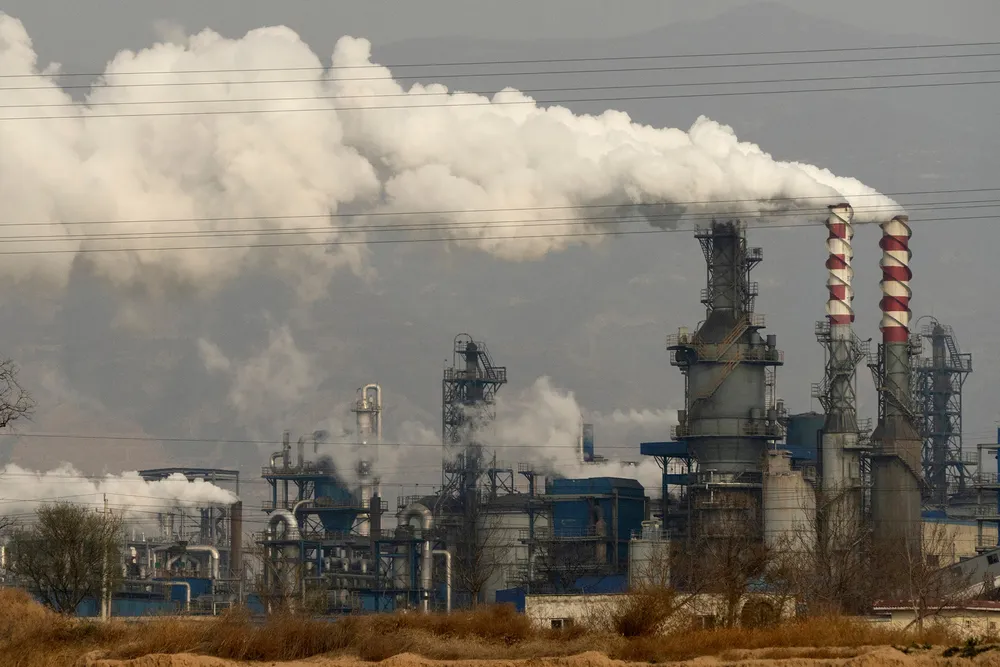Low carbon price doing little to incentivise Chinese power sector to cut emissions: WoodMac
Policies doing more to limit emissions than newly launched ETS scheme, but could also result in more near-term economic pain

Policies doing more to limit emissions than newly launched ETS scheme, but could also result in more near-term economic pain
